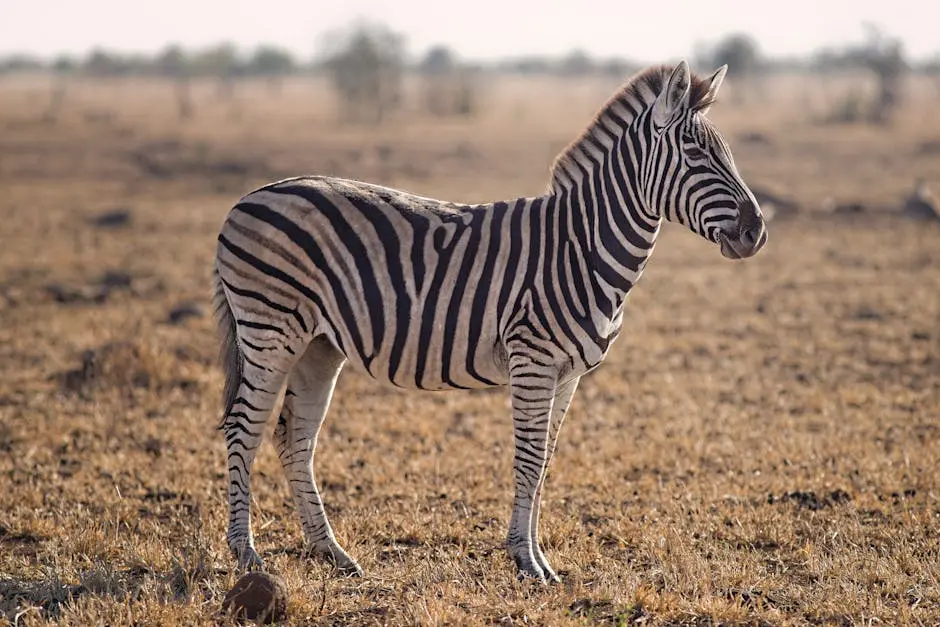Preparing for a safari trip to Masai Mara can be an exciting adventure! With stunning wildlife and breathtaking landscapes, it’s essential to be well-prepared. Here’s a step-by-step guide to ensure you make the most of your safari experience.
Research Masai Mara
Familiarize yourself with the park’s geography, wildlife, and the best time to visit.
Masai Mara is not just a destination; it’s a vibrant ecosystem. Understanding its layout can be immensely beneficial. Focus on key areas such as the Mara River, where the Great Migration is often witnessed.
The wildlife diversity in Masai Mara is staggering. From the Big Five—lions, leopards, elephants, buffaloes, and rhinoceroses—to unique species like cheetahs and wildebeests, having knowledge about these animals will enhance your viewing experience.
Additionally, try to learn about the park’s climate throughout the year. The dry season offers clearer skies and better wildlife sighting opportunities, making it a prime time for visitors.
Choose the Right Time to Visit
Consider the migration season and weather patterns for optimal viewing.
Timing your visit to coincide with the Great Migration is ideal if you’re hoping to witness this breathtaking natural phenomenon. From July to October, thousands of wildebeests and zebras travel across the plains, providing an unforgettable sight.
However, even outside of migration, each season has its unique charm. The rainy season, from March to May, means lush landscapes and fewer tourists, while the dry season offers exceptional visibility and ease in tracking wildlife.
Research specific events and peak animal behaviors, too. The birthing season typically occurs from January to March, where newborns dot the landscape, attracting predators and creating an engaging dynamic.
Plan Your Itinerary
Decide on the duration of your stay and must-see attractions in the park.
A well-structured itinerary can turn a good safari into a great one! Aim for a minimum of three to four days to truly immerse yourself in the park’s offerings. Prioritize your top activities, like game drives, cultural visits, and even hot air balloon rides.
In addition, consider scheduling early morning and late evening drives, which are often when animals are most active. Don’t overlook resting and leisurely sessions to soak in the incredible scenery.
It’s wise to have some flexibility in your plans. Weather and animal movements can be unpredictable, so leaving space for spontaneous adventures can lead to unique experiences.
Pack Accordingly
Bring suitable clothing, gear for wildlife photography, and essentials for comfort.
When preparing for Masai Mara, think layers! Morning and evening game drives can be quite chilly, while afternoons heat up considerably. Pack breathable fabrics that can keep you cool during the day, yet also warm enough for the cooler hours.
Footwear is also important. A good pair of sturdy walking shoes will enhance your comfort levels whether you’re on a safari or just exploring your lodge. Don’t forget a wide-brimmed hat and sunglasses for sun protection.
When it comes to photography, a good zoom lens can make a world of difference. Bring spare batteries and plenty of memory cards, as you’ll want to capture the stunning sights. A sturdy bag to protect your gear from dust and potential rainfall is essential as well.
Stay Health and Safety Prepared
Consult a healthcare provider for vaccinations and malaria prevention.
Staying healthy during your safari is crucial for enjoyment. Inquire about recommended vaccinations and consider taking malaria prophylaxis due to the region’s risk.
Bring a travel first-aid kit that includes insect repellent, antihistamines, and any personal medication you may need. Keeping hydrated is also vital, so bring a refillable water bottle to stay refreshed during your outings.
Familiarize yourself with basic safety protocols while in the park. Always listen to your guide, maintain a safe distance from wildlife, and avoid wandering off alone.
Book Accommodations and Tours
Reserve your lodging and safari tours in advance to secure your spot.
Masai Mara can get busy, especially during peak migration seasons. Make your reservations well in advance to secure your preferred lodges or camps, as well as specialized tours.
Research different accommodation types ranging from luxury lodges to budget campsites, depending on your travel style. Look for packages that include meals and game drives for the best value.
Consider booking guided tours that tailor to your interests, whether that’s bird watching, photography safaris, or cultural experiences with the Maasai people. A knowledgeable guide enhances the experience significantly.
Understand Local Culture
Learn about the Maasai people and their customs to enhance your experience.
Understanding the local culture not only enriches your experience but also fosters respect for the communities living alongside the wildlife. The Maasai are known for their rich traditions, vibrant dress, and profound connection to the land.
Take some time to learn a few words in Swahili, as it can be appreciated by locals and enhance your interactions. Knowing basic greetings will go a long way in building rapport.
If you have the opportunity, participate in cultural tours or community programs, which provide insights into their daily life and traditions. It’s a fantastic way to support local initiatives too!
Prepare for Photography
Brush up on photography basics and ensure your camera gear is ready.
Wildlife photography can be exhilarating but requires some preparation. Before your trip, review photography tips specific to capturing wildlife. This might include understanding exposure settings and how to frame shots creatively.
Double-check your gear well before your departure to ensure everything is in working order. Clean your lenses and camera body, and pack protective filters to guard against dust.
Consider using a smartphone as a backup camera. Many modern smartphones take surprisingly great photos! This way, you’ll always have a camera ready, even for spontaneous photo opportunities.
Ready for Your Masai Mara Safari!
By following these preparation steps, you’ll be equipped to fully enjoy your safari trip to Masai Mara. Adventure awaits!


